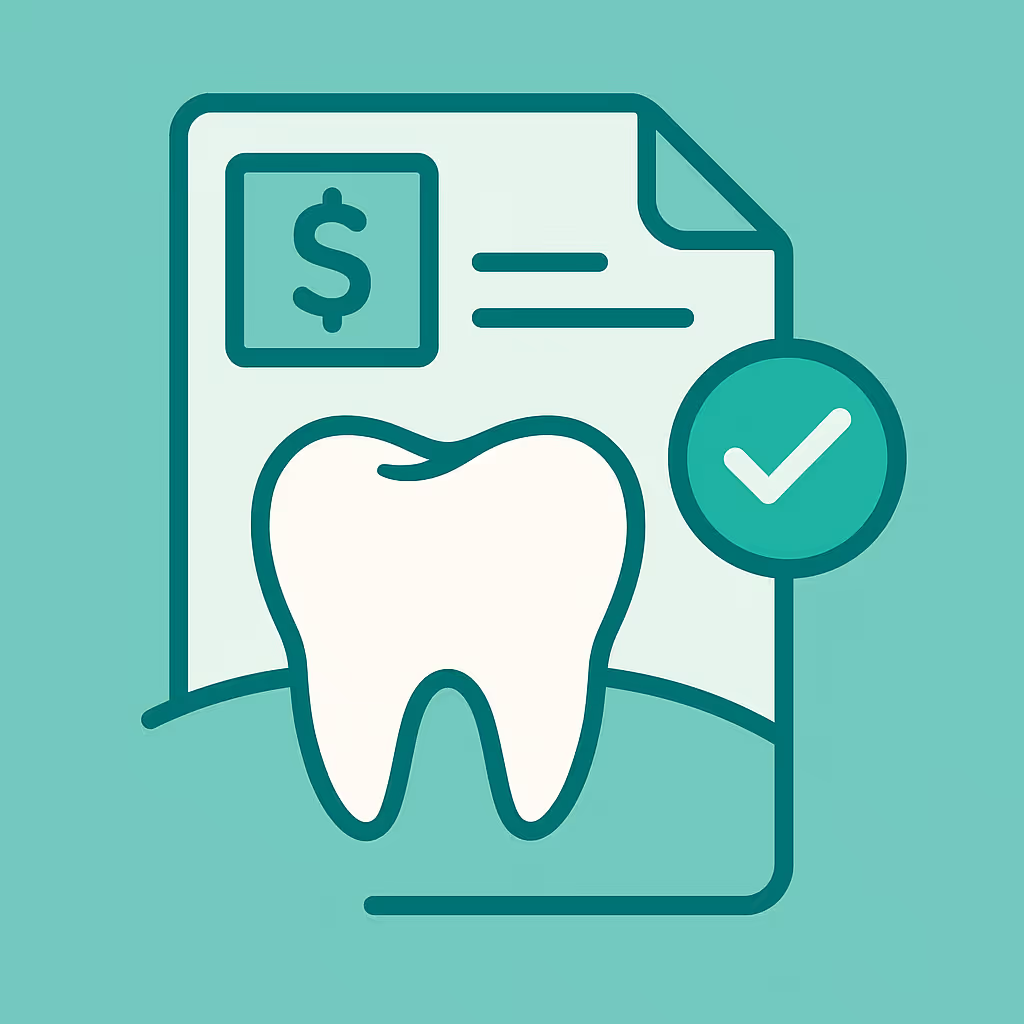Understanding Dental Code D4211
When to Use D4211 dental code
The D4211 dental code is designated for a gingivectomy or gingivoplasty procedure performed on a single tooth. This CDT code is specifically used when the removal of gingival tissue is necessary due to conditions such as hyperplasia, fibrous overgrowth, or to access decay or restorative margins. Unlike full quadrant procedures, D4211 is appropriate when the treatment is limited to one tooth and does not extend to adjacent teeth or a broader area.
It’s important to distinguish D4211 from other related codes. For example, if the procedure involves multiple contiguous teeth or an entire quadrant, a different code such as D4210 (gingivectomy or gingivoplasty – four or more contiguous teeth or tooth bounded spaces per quadrant) should be used. Always verify the clinical scenario to ensure the correct code selection, as this impacts claim approval and reimbursement.
Documentation and Clinical Scenarios
Accurate documentation is essential for successful billing and compliance. For D4211, your clinical notes should include:
- Diagnosis and reason for the procedure (e.g., gingival enlargement, restorative access)
- Tooth number treated
- Pre-operative and post-operative periodontal charting and photographs if available
- Details of the procedure performed, including anesthesia used and tissue removed
- Any related findings, such as caries or overhanging restorations
Common clinical scenarios for D4211 include removing excess gum tissue to facilitate proper crown placement, addressing localized gingival hyperplasia, or improving oral hygiene access on a single tooth. Be sure to document the medical necessity and the specific tooth involved to support your claim.
Insurance Billing Tips
Billing for D4211 requires attention to detail to avoid denials or delays. Here are best practices used by successful dental offices:
- Verify coverage: Before treatment, confirm with the patient’s insurance whether D4211 is a covered benefit and if there are frequency limitations or prerequisites.
- Submit comprehensive documentation: Attach clinical notes, intraoral photos, and periodontal charting to your claim. This helps justify the necessity of the procedure.
- Use accurate coding: Double-check that D4211 is the correct code for a single tooth. If more teeth are involved, use the appropriate code and document accordingly.
- Appeal denied claims: If a claim is denied, review the Explanation of Benefits (EOB) for the reason. Submit an appeal with additional documentation, such as a narrative explaining the clinical need and supporting images.
- Track accounts receivable (AR): Monitor outstanding claims and follow up promptly to ensure timely reimbursement.
Example Case for D4211
Case Study: A patient presents with localized gingival overgrowth on tooth #14, interfering with the placement of a new crown. The dentist determines that a gingivectomy is necessary to expose the crown margin and ensure a proper fit. The procedure is performed only on tooth #14, with local anesthesia and careful removal of excess tissue. Documentation includes pre- and post-op photos, a detailed narrative, and periodontal charting. The claim is submitted with code D4211, supporting documentation, and is approved by the insurer for reimbursement.
This example highlights the importance of precise coding, thorough documentation, and proactive insurance communication when billing for D4211.





